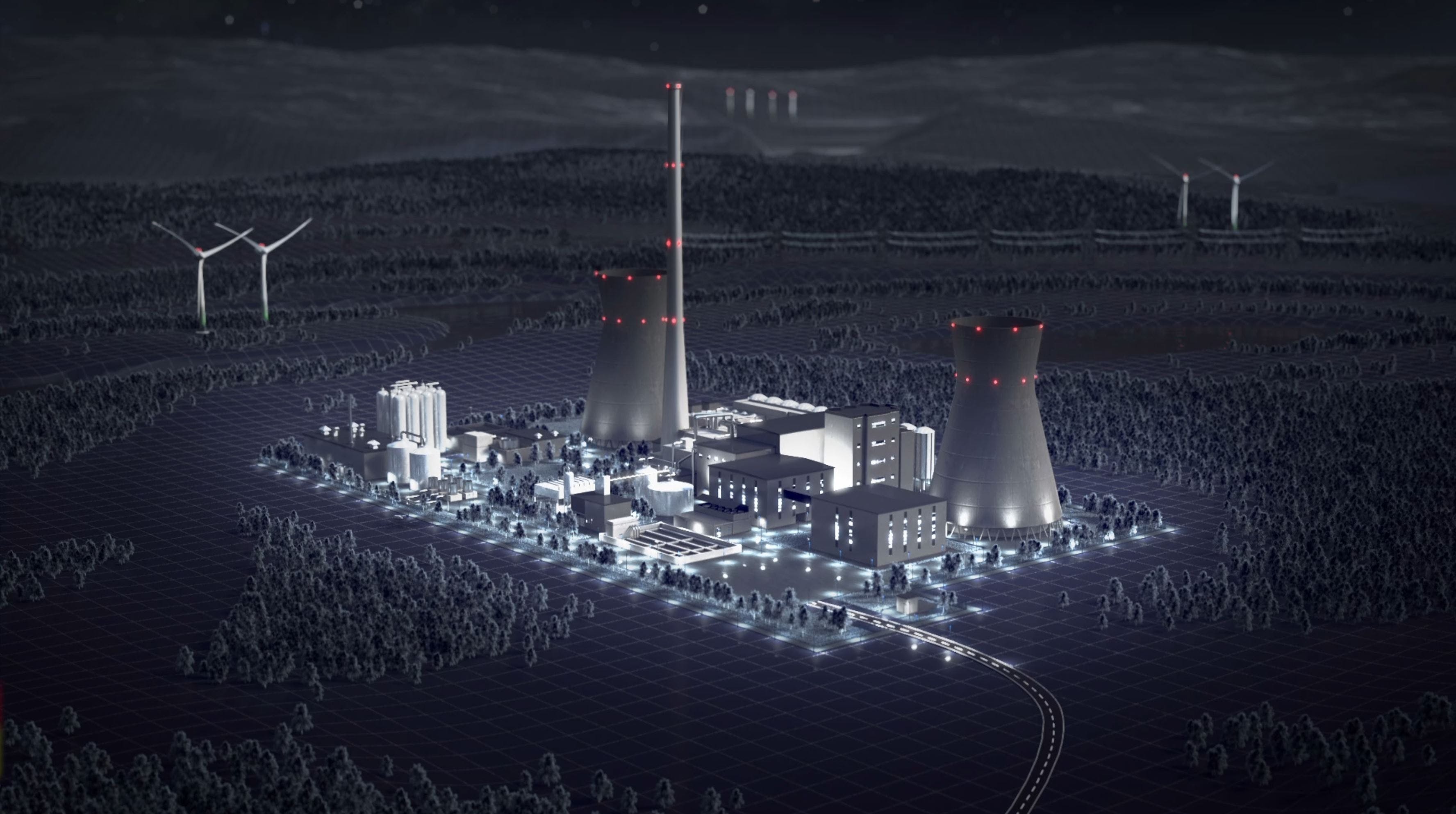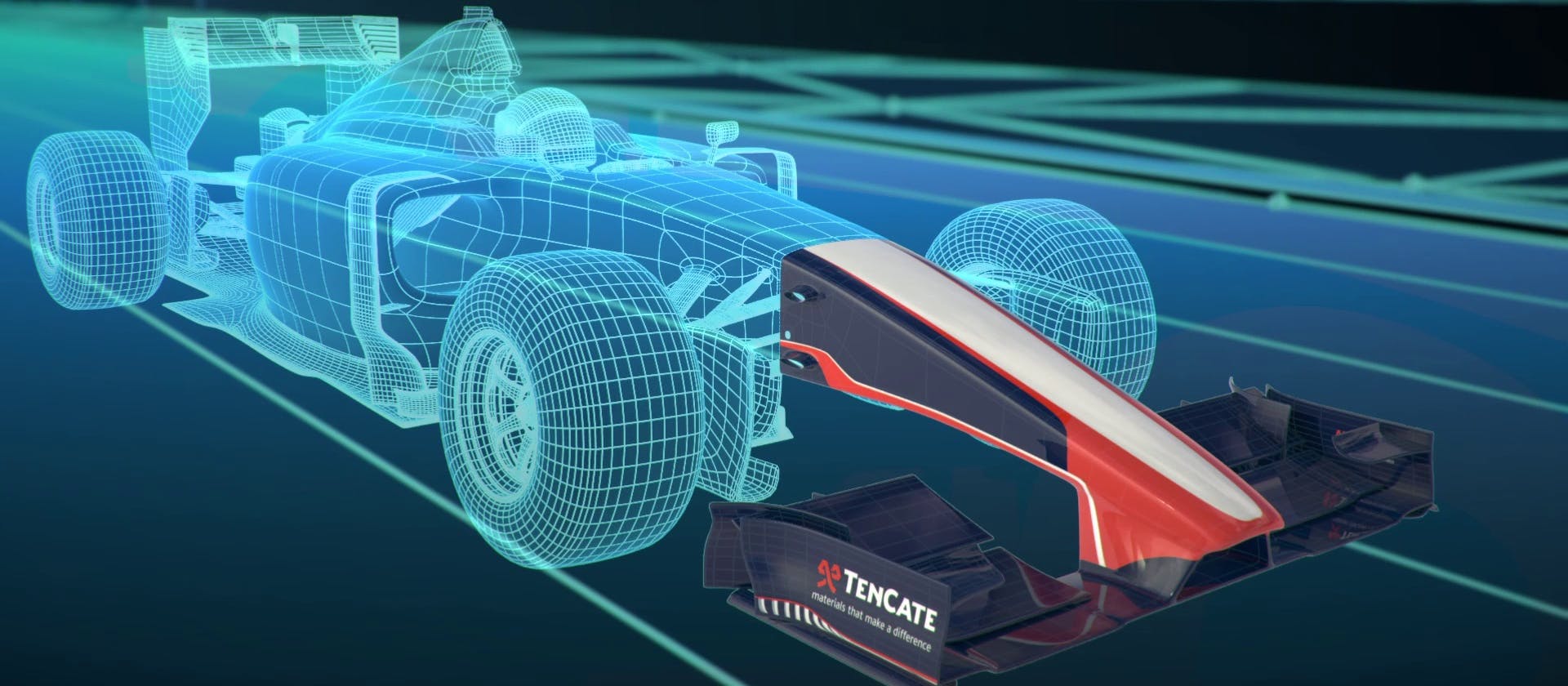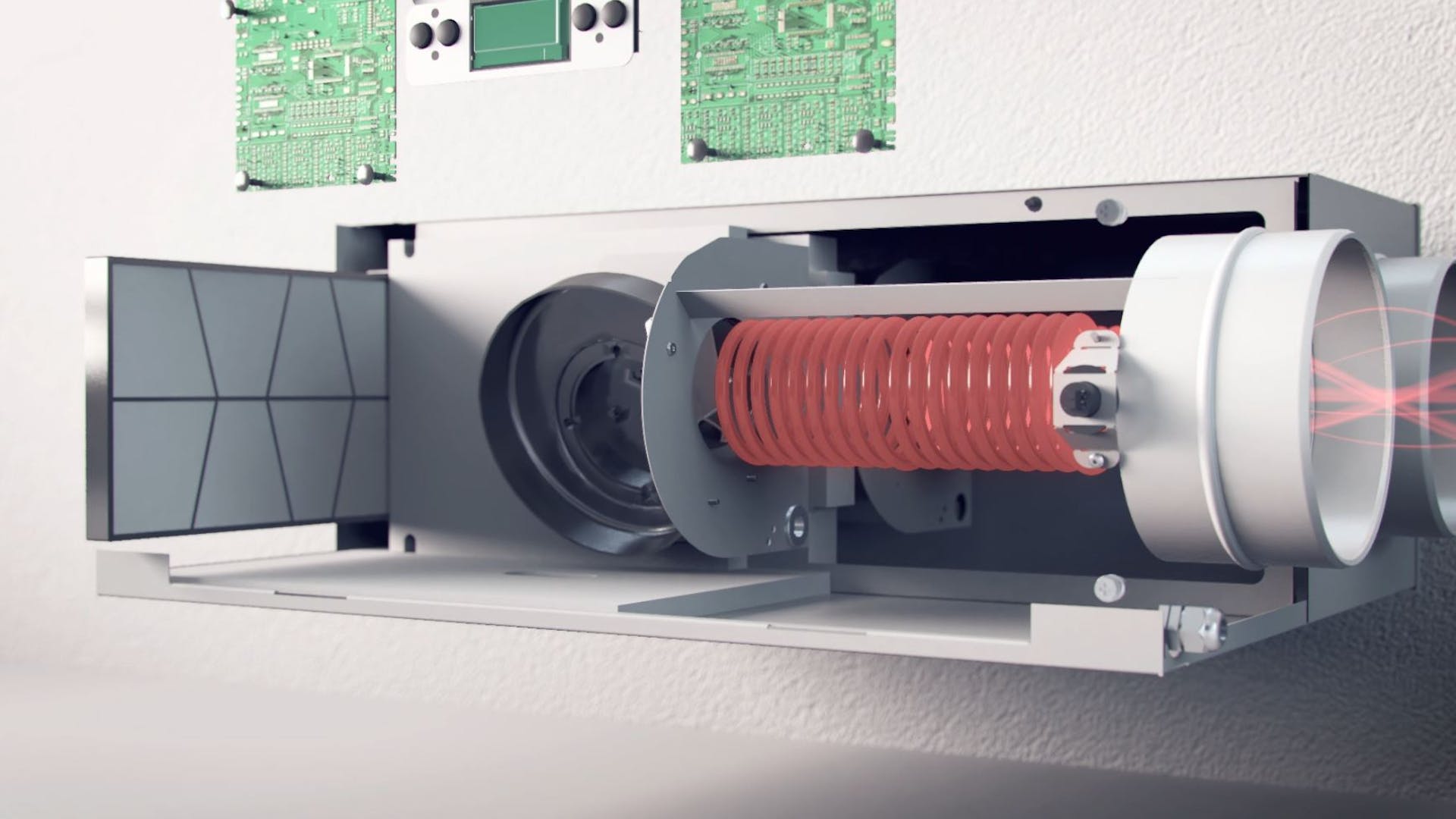Thanks to the realistic, three-dimensional image that can be created with this technique, the technique has grown in popularity in recent years. For example, it is very popular with marketing companies, because with these animations you can present a product even before its completion. You can also zoom in on small details and show angles that you would not be able to display with 2D animations.
Are you considering having a 3D animation made? In this article, we will discuss what is involved in this process.
Request contact
How do you make a successful 3D animation?
3D animation is a modern graphic technique with which you can show perspective and depth in an animation.
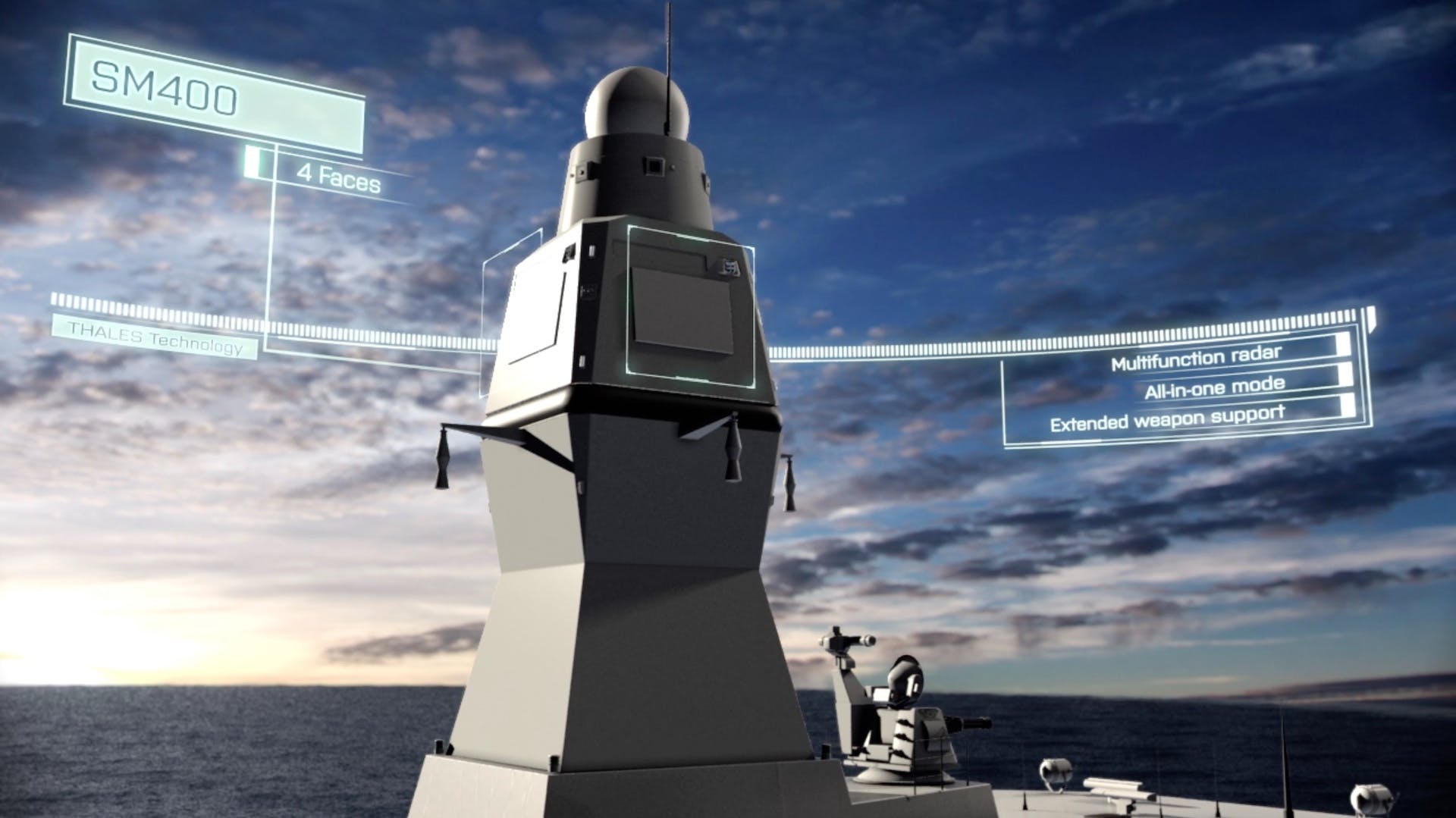
The storyboard
If you’d like to make a successful 3D animation, it’s important that you have a clear idea of what exactly you want to say. So think carefully about what story you want to convey and what you hope to achieve with the video. Then the storyboard can be drawn. A storyboard consists of a collection of sketches that together show roughly how the movie will progress. There’s still a lot of room for adjustment in this phase, so it’s important as a customer to provide clear feedback. In this phase, it is also determined how the camera will move in the different scenes. It’s therefore important be clear about certain things beforehand: Do you want the camera to zoom in or out at specific moments? Do you want the camera to move through space or around a product?
Modeling
Once the storyboard is complete (and approved), modeling can begin. During this phase, the 'real work' takes place: the pictures are brought to life so that three-dimensional images of the sketched drawings are created. This is a labor-intensive process that will probably be the most time-consuming of all the processes. Once modeling is completed, you will already be able to see a rough version of the final result.
Texturing
Texturing the animations is also an important part of the process. To achieve a successful 3D animation, it’s important that the image looks realistic and that it has the right atmosphere. This can be done by texturing. At this stage, for example, care is taken to give the various materials in the movie a realistic texture, so that they look lifelike.
Rendering
One of the last steps is rendering. This is a term from the graphic industry, by means of which the different images are placed in sequence. After rendering, the 3D animation is as good as finished. However, you can often choose to add music or sound effects at this stage.
Use case Thales Radar technology
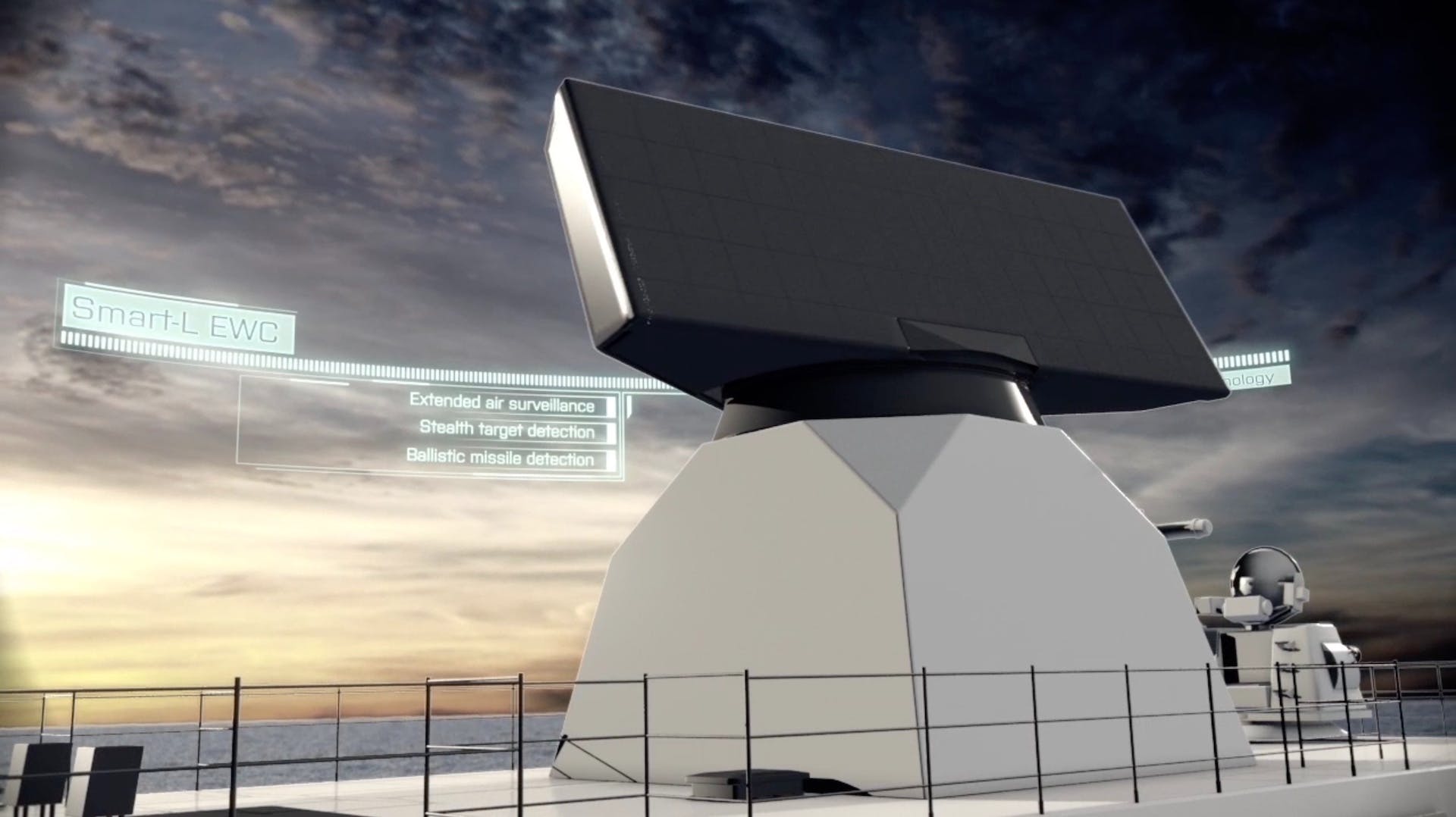
Thales has developed a radar system that is of the utmost importance to its customers. To show the advantages of this technology to its clients, ensuring they understand the power of its products Thales created a 3D animatie. The result speaks for itself.
Tips for a successful result
The key to a successful 3D animation is to have a clear idea of what exactly the purpose of the animation is and what message you want to convey. It’s also advisable to remain proactively involved throughout the process. In the different phases of the development of the animations, adjustments can still be made. By clearly communicating what you want, you can guarantee satisfaction with the end result.
What is your challenge?
Share your story
Bij akkoord geeft u ons toestemming voor het gebruik van alle cookies op onze website. Wilt u een gebruiksvriendelijke ervaring?
